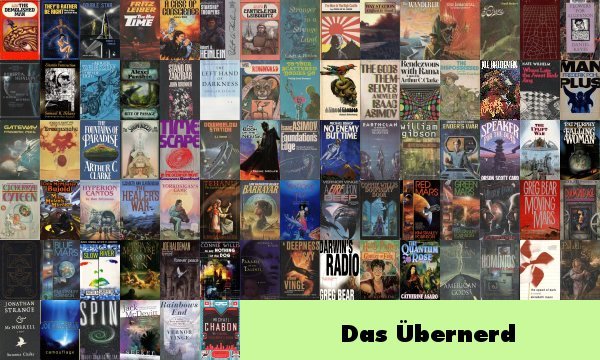 Stuck Rubber Baby
Stuck Rubber Babyby Howard Cruse
1996 Eisner Winner for Best Graphic Album: New
There are two relatively recent events that authors have taken up as a kind of lazy man's way to importance: the Holocaust and the civil rights movement. You can almost hear them say, "My book is about a Very Important Subject™ so it doesn't matter if the plot is generic, the characters paper thin, and my treatment of the Very Important Subject™ a shallow parody of the actual event." I hate those books and movies; treating an event that left its scars on history in a cartoonish manner shouldn't be a free pass.
Stuck Rubber Baby isn't one of those books. It's set in the deep south during the Civil Rights Movement and the main characters get tied up in events of the day and at the same time the book isn't about those themes. It is the story of a young, gay man finding himself in every way possible. There's a scene at the March on Washington but it's not the climax of the book. There is no denouement about how race relations changed and the protagonist was at the center of it. Howard Cruse could have taken the easy way out and rode the coattails of history but instead he created an impressive novel that uses the history as a way to color the changes that the protagonist undergoes.
Toland is a young man who lives in a fictional college town in the deep south during the early 60's. He finds himself attracted to men but is determined to live what he views as a normal life. As his circle of friends widens he becomes exposed to some of the fringe social elements of the time and he grows close to a politically active woman.
Cruse avoids going the easy way with his story in Stuck Rubber Baby and that makes it a gripping read. It's told as a flashback so the reader knows where Toland will end up and at the same time there is the question hanging in the air if he could make a relationship with a woman work. At the same time Cruse repeatedly makes the point that while Stuck Rubber Baby is Toland's story the universe does not revolve around Toland. He's not the only person dealing with the complications of relationships and other people's problems weave in and out.
The way that Cruse presents these personal stories makes it clear that this is a book about a gay man's awakening set in the civil rights movement rather than a book about the civil rights movement starring a gay man. So the sequence involving a sit in and riot is really about how Toland becomes directly involved instead of standing at the periphery as some of his friends do.
Cruse draws some impressively expressive faces through Stuck Rubber Baby. You won't have any trouble at all telling them apart. He uses a kind of pointillist (for lack of a better word) shading that I didn't care since it looked like static to my eyes rather than the rounding effect that he was going for. Still I think the quality of the storytelling in the art outweighs any negative I had.
Stuck Rubber Baby is a better book than the subject matter would suggest. Cruse touches on things that have been run into the ground by worse artists but he does a much better job with both his themes of sexual awakening and the civil rights movement than most. And that makes Stuck Rubber Baby well worth reading.
